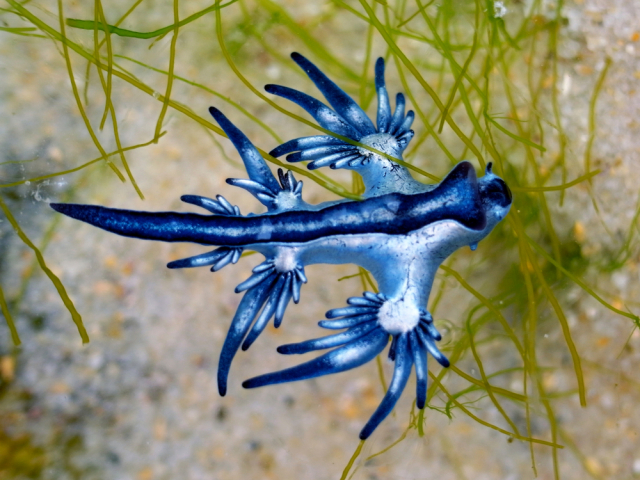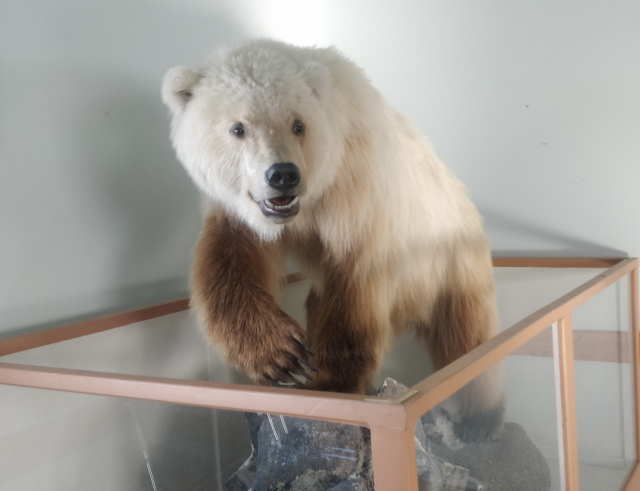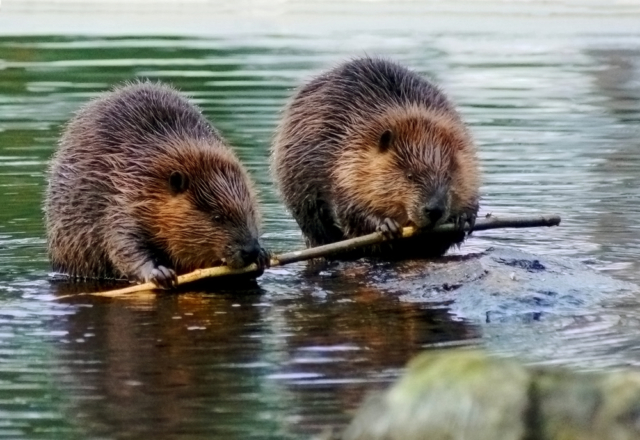The Great Pacific Garbage Patch is a cluster of floating debris about twice the size of Texas. However, it is not only trash that can be found in it, but also the diversity of species that live within its boundaries. Ben LeComte confirmed this when he swam through the slick and collected samples while travelling from Hawaii to California.
It turned out that the biodiversity was so high that the slick was already, in principle, an ecosystem similar in richness to the Sargasso Sea.
Researchers call such systems “neopelagic communities.” So what creatures live quite successfully in such environments?
“Dragon slugs” are an unusual species of cephalopod mollusk. The bite of a blue dragon slug is very painful and even dangerous to humans.
Poisonous snails, such as the sea snail Olivella semistriata, can also be found in the slick. The creature extends two wing-like appendages in the mucus layer for passive feeding.





